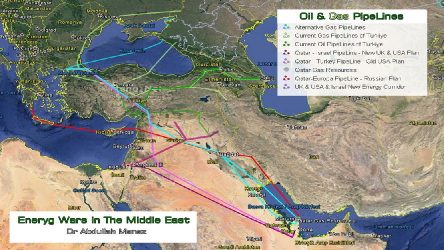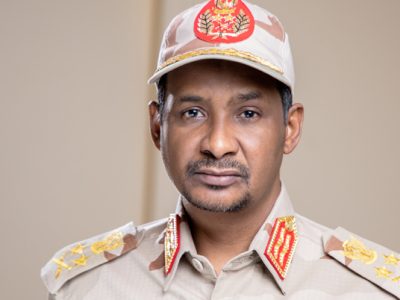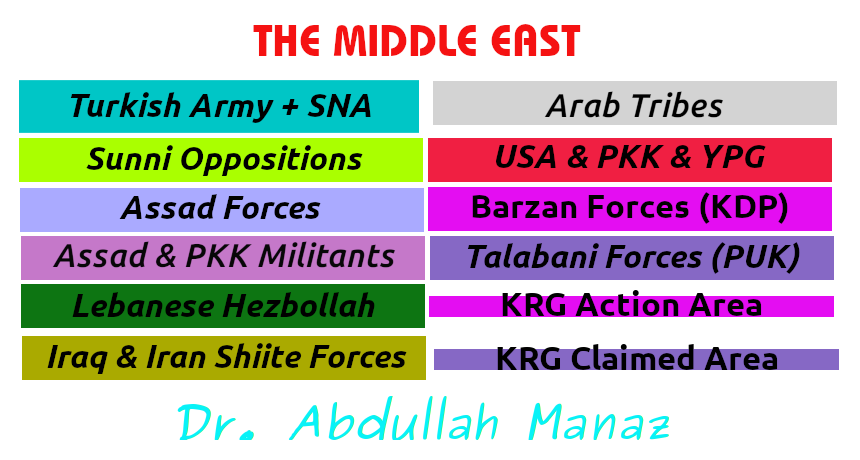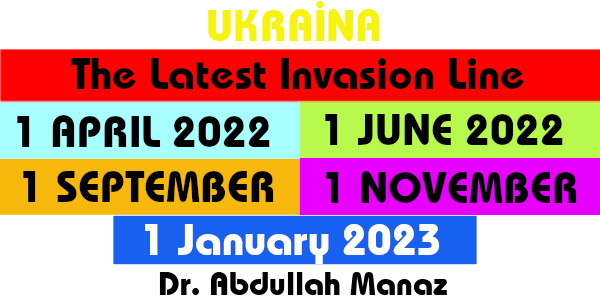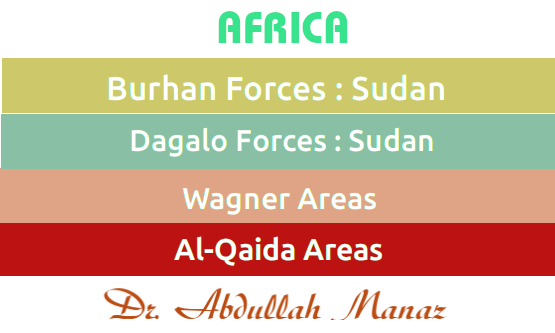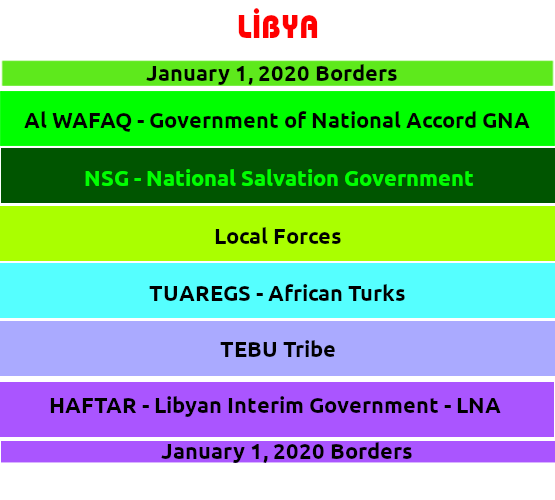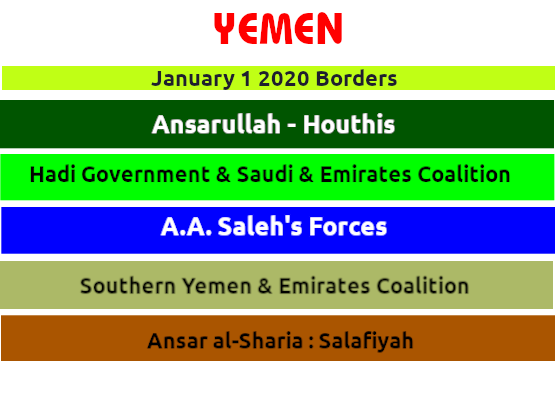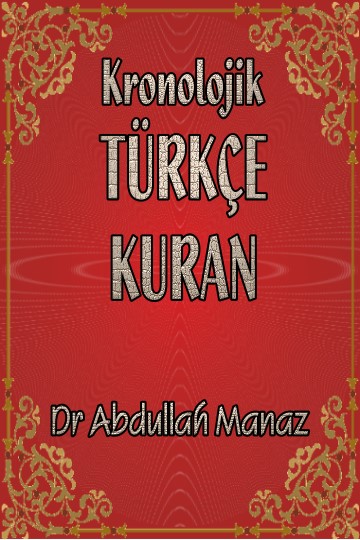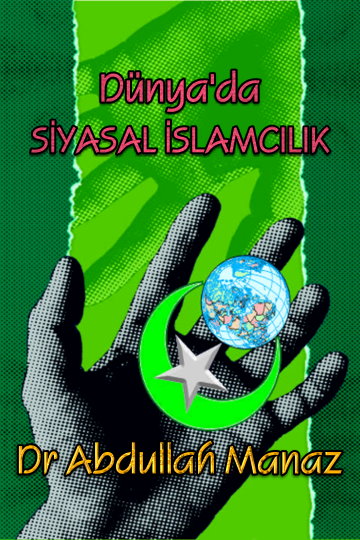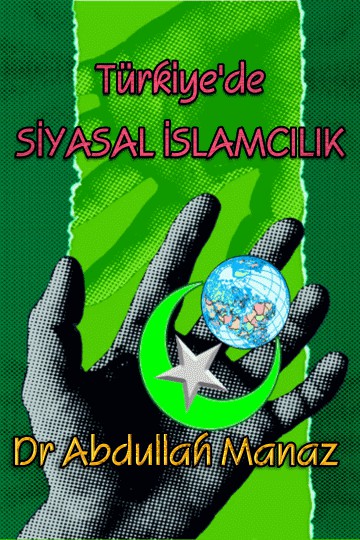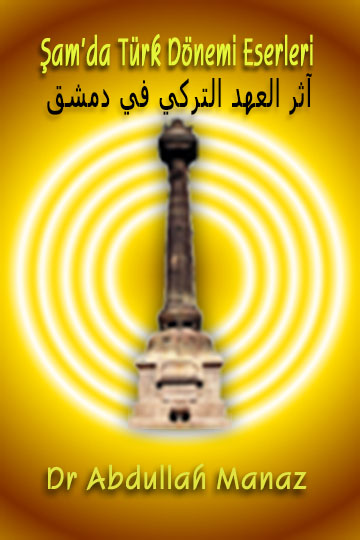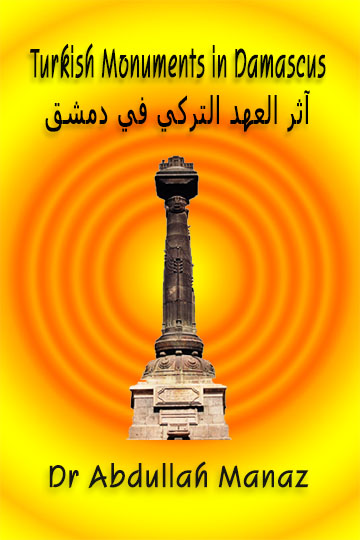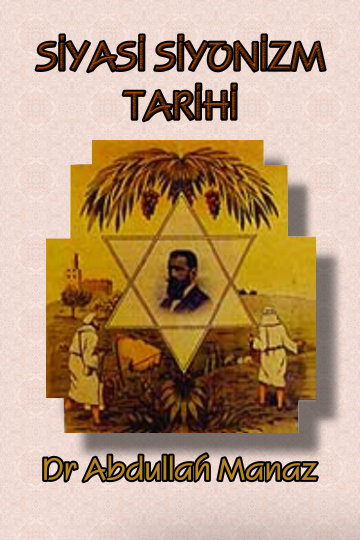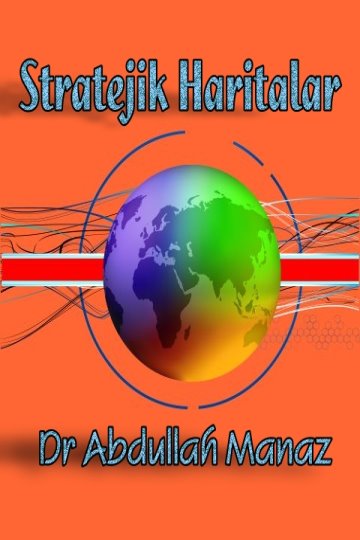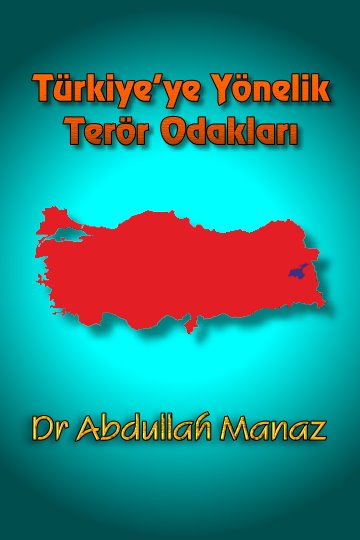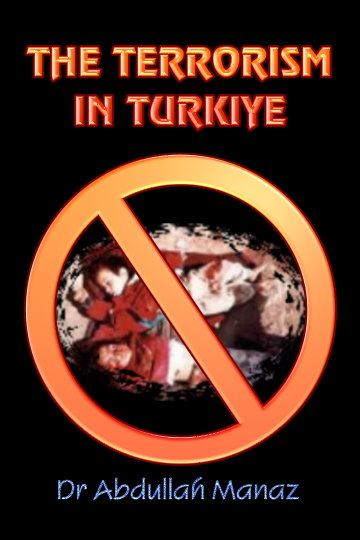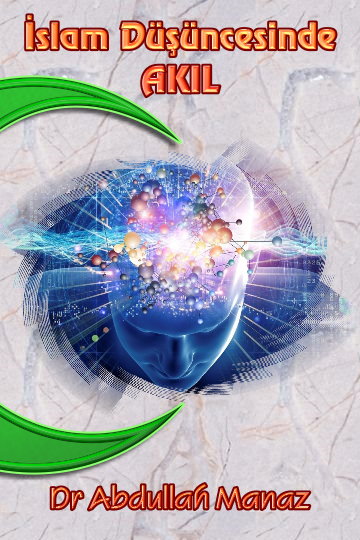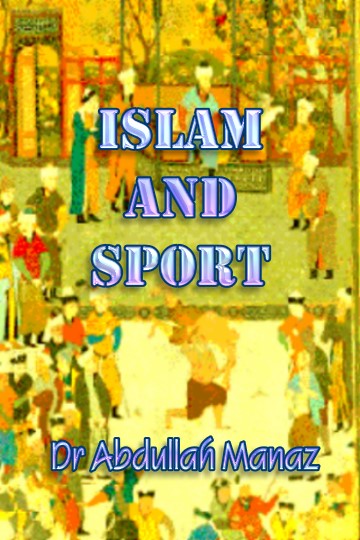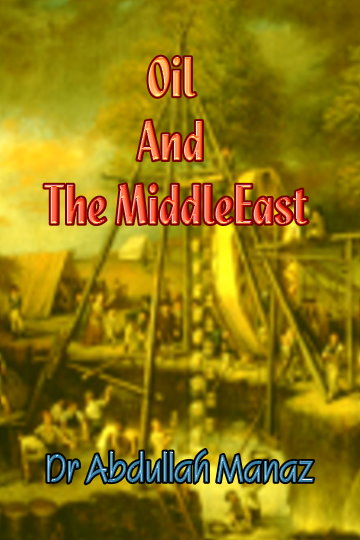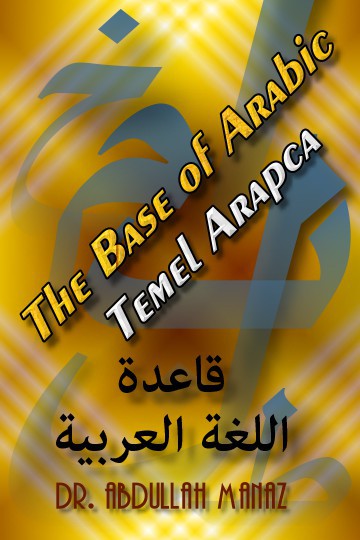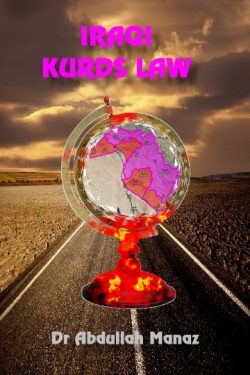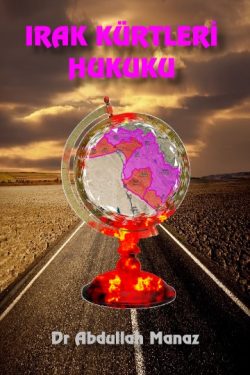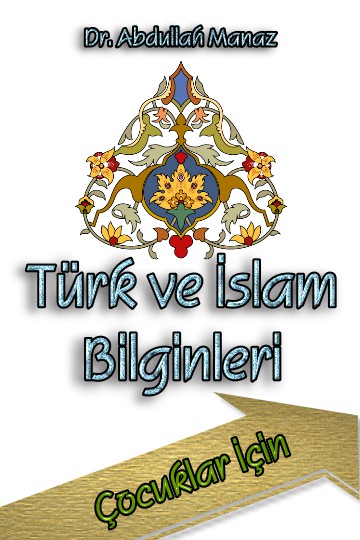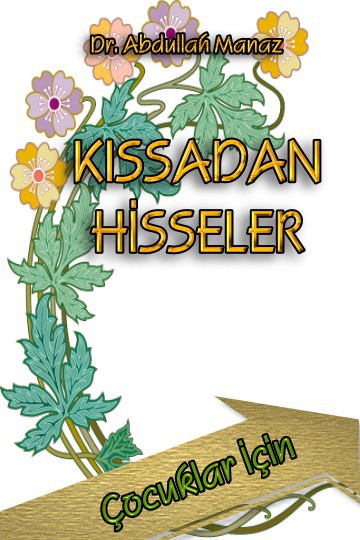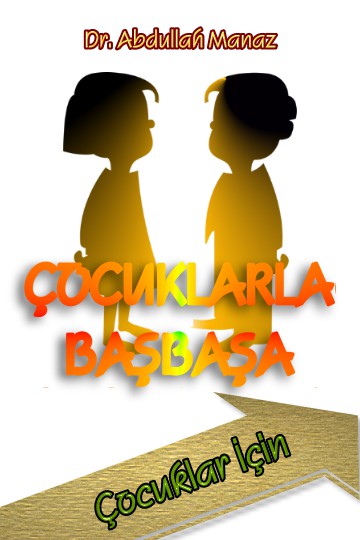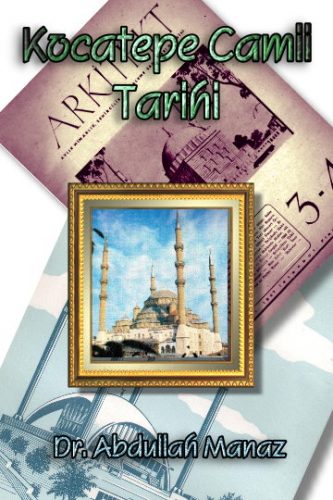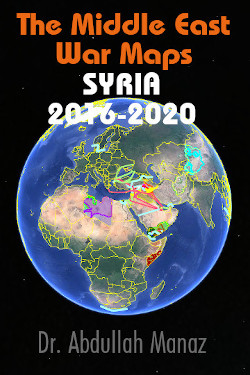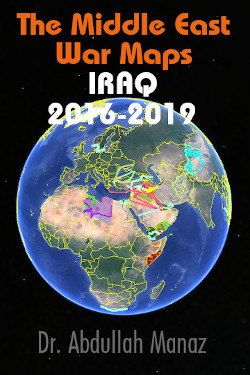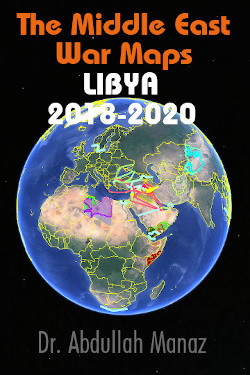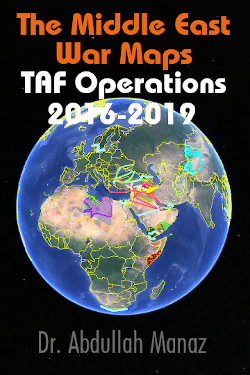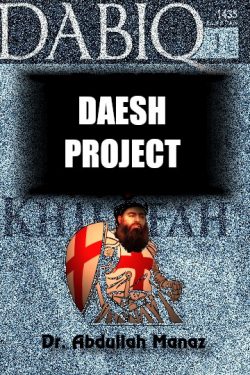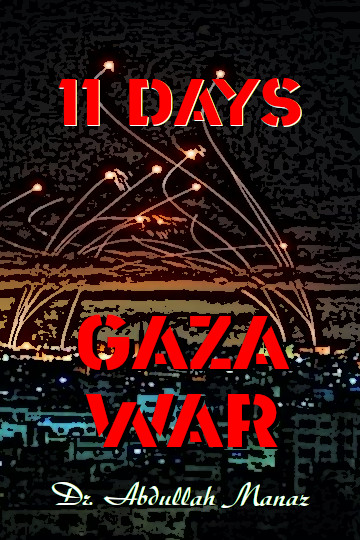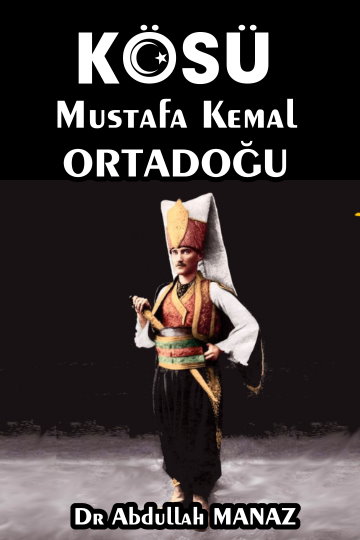The World balances and its policy changing after September 11 also have altered significantly Turkiye and the Middle East in ten years. İn the current situation, we can sort the most basic features of Turkiye and the Middle East.
◊ United Stated and NATO are planning to build a new Light Green Belt in the Greater Middle East. On the basis of this generation, There are National Vision Movement (Milli Gorus, from Turkey) and its international ally Muslim Brotherhood Movement.
◊ The average age of those who lead this generation is over 50. They lived during September 12 in Turkey and Iran’s Islam Revolution and Afghanistan invasion in the World. U.S. and NATO supported significantly them against to İran in the Gulf and to Russia in the Central Asia and Afghanistan.
◊ The Islamic leaders who are affected from Iran’s Islamic Revolution and disregard the sectarian division as a teenager chose to become more pragmatic and (not moderate) a more political act for achieve the their goal with increasing age. Their most important preferences were to establish good relations with the United States and to support by U.S.
◊ Morocco: The most powerful organization was The Movement for Unity and Reform (Hareketu’t Tawhid wa al Islah) founded in 1996. In 1998, the name of its political movement was changed as The Justice and Development Party (Hizbu’l Adale wa et Tenmiya). Previously its leader was Saadeddin Othmani but Abdullah bin Kiran elected of the party in 2008. It won 117 seats of 395 in the November 2011 parliamentary election. Kiran was appointed Prime Minister. The symbol of the party is Gas Lamp.
◊ Tunisia: The Most powerful representative of the school of the Muslim Brotherhood was Nahda Movement and its leader Rashid Ghannouchi. After the Tunis Revolution, they also organized as The Justice and Development Party (Hizbu’l Adale wa et Tenmiya) and won 89 seats of 217 in the elections of the Constituent Assembly on 24 October 2011. Nahda Islamic Movement is the most powerful candidate for the new government.
◊ Algeria: Mahfouz Nahnah who is the leader of the organization named Hamas voted around 25% in the 2000 presidential elections. After his death in 2003, Abu Cerrah Sultani supplied his place. The Islamic Movement led by Sultani is one of the three partners of the Bouteflika Government.
◊ Libya: After the overthrow of Gaddafi, Libyan Muslim Brotherhood was organized under the leadership of Suleiman Abdulkadir. The organization declared standing for 2012 elections as The Justice and Development Party such as in Morocco and Tunis.
◊ Egypt: It is the country of Hasan Al Banna, founder Muslim Brotherhood Movement. After the overthrow Mubarak, the Organization entered political life as The Freedom and Justice Party (Hizbu’l Hurriya wa al Adaleh) on 30 Arpril 2011. It received 47.2% of the votes in parliamentary election in December 2011. Egypt is preparing for presidential elections at 2012 under the leadership of Muhammad Bedii.
◊ Syria: The most powerful organization of the opposition is also the Muslim Brotherhood in Syria which is country on the agenda of Arab Spring. Its leader was Ali Sadr Beyanuni in 1996-2010. Riyadh Sakhfa has been leading since 2008. He is preparing to govern of Syria after Bashar al- Assad. Meanwhile, Khaled Meshal who is leader of Hamas, Palestinian Muslim Brotherhood Organization was placed to Qatar before the launch of Syrian uprising.
◊ Bahrain, Kuwait, Oman, Qatar, Saudi Arabia and The United Arab Emirates are left out from the Arab spring against to finance of the Greater Middle East Project. The Gulf Cooperation Council is established by these countries supports Turkey and Syrian Opposition with great effort todays. Morocco and Jordan were included in this event last year.
That is the current situation in the Middle East. These organizations and political parties will determine the fate of the next decade in the Greater Middle East. The Muslim Brotherhood Block extending from Morocco to Iran will appear. The Other Islamist parties opposed to cooperation with the Muslim Brotherhood and the United States will ban or force to support their government such as in Egypt and Libya. At this point, the conflicts will begin between the old divisions and new generation Islamists.
The ruling and piety debates will accelerate between the powers of the Muslim Brotherhood and Muslim groups aimed to live Islam without compromise their beliefs. In next decade, The Muslim Brotherhood powers will work to make Islamic Sharia as the main source of legislation in the most states accomplished the Arab revolt. However, in the most of these countries, The Muslim Brotherhood organizations which are candidate in power declared this fact. Atheism accusations of religious groups will press the Muslim Brothers to become more religious and more repressive and to discipline the society.
The most important wearisome issue will be accusations of collaboration, capitalistic and being pro-U.S, West and Israel. The pro-Iranian Islamist groups and the largest ethnic groups will establish their own Islamist parties. Russia and Germany will increase the financial and psychological support to Islamist groups in co-operation in the Middle East.
Perhaps the most important development of the next decade is that will not be pro-Western and U.S. groups except the rulers and the capital class. The nationalism against Islamism will make a strong comeback. Just as we live in the early 1900s, the real struggle in the Greater Middle East will be among the nationalist groups and Islamists.

